
14 Sep MRKH SYMPTOMS & DIAGNOSIS
The symptoms of Mayer-Rokitansky-Küster-Hauser (MRKH) syndrome are directly related to the abnormal development of the female reproductive system. This abnormal development is known as Mullerian Agenesis. Embryologically the so called Mullerian ducts will form the uterus, cervix, fallopian tubes, and the vagina. Agenesis simply means the lack or failure of development. Vaginal agenesis means lacking or shortened vaginal canal In other words, patients with MRKH have underdeveloped or absent uterus, vagina, and cervix and this may results in:
Symptoms of MRKH:
– Delayed or absent menstruation
– Pain or discomfort during sexual activity
– Difficulty inserting tampons or menstrual cups
One should consider MRKH if a girl does not have menstruation by age 16, if a patient has a very small or absent vaginal opening or cervix. One should also consider MRKH if the patient has been diagnosed with a horseshoe kidney or absent kidney (renal agenesis) as well an abnormal lower urinary tract especially if they have not had menses by the age of 16.
MRKH Diagnosis:
Of course, not all individuals with MRKH will have the exact same symptoms or abnormal genital development, and some may not experience any symptoms at all. If one suspects MRKH, it would be important to talk to a healthcare provider for an accurate diagnosis and possible treatment. A healthcare provider will make the diagnosis of MRKH by collecting important historical information, doing a physical exam, getting a radiologic study which might include: an ultrasound, CT scan or an MRI as well as genetic testing,
MRKH occurs in approximately 1/4500 women can be divided into two subtypes:
MRKH type 1 is isolated and is characterized by the absence or underdevelopment of the uterus and upper two-thirds of the vagina.
MRKH type 2, also known as MURCS, is a more common form of the syndrome and is characterized by the absence or underdevelopment of the uterus, upper two-thirds of the vagina but is associated with other defects such as: renal (kidney), cardiac, auditory and skeletal abnormalities such as scoliosis.
There are various techniques to surgically create a new vagina.
MRKH Surgery: Laparoscopic Davydov Neovagina
The results of the surgery should yield a full-length vagina:


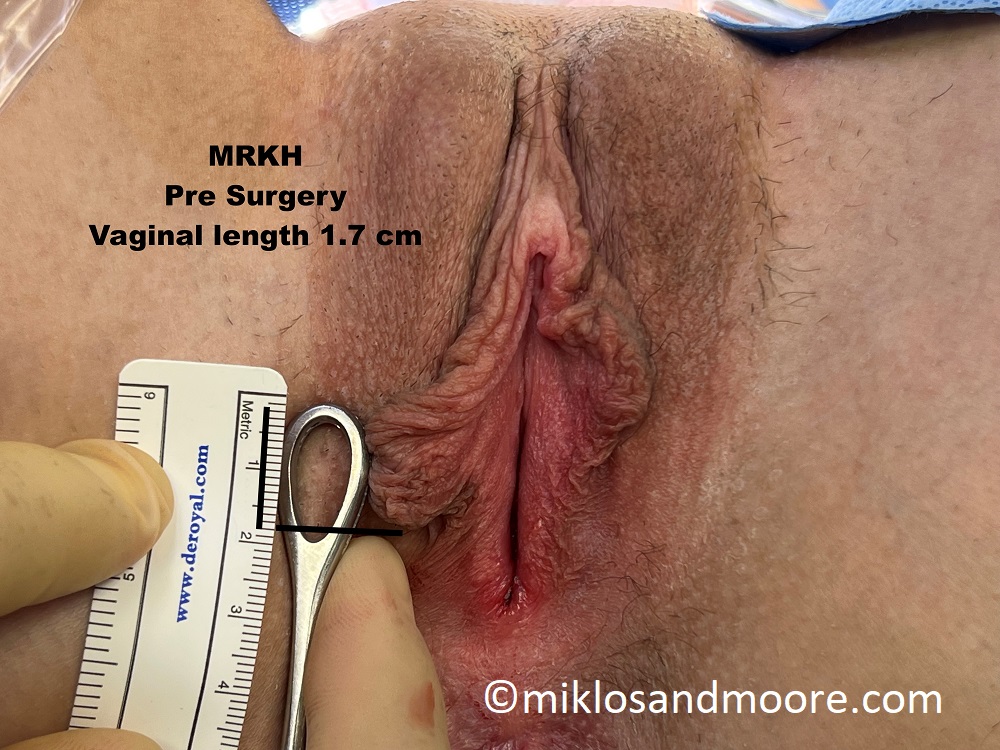
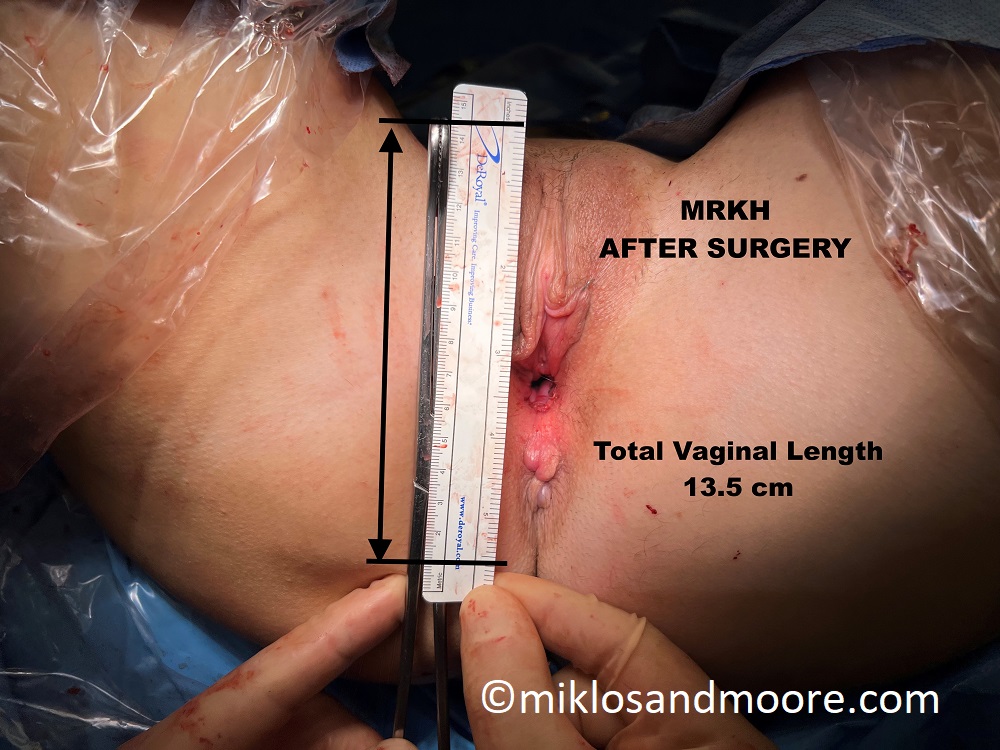
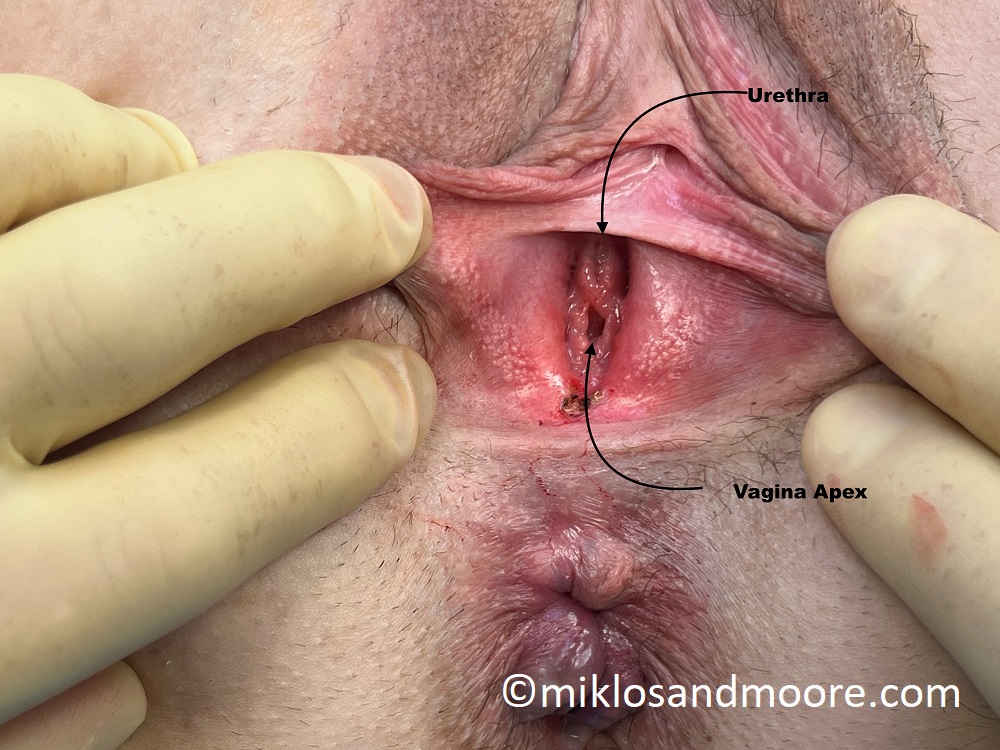

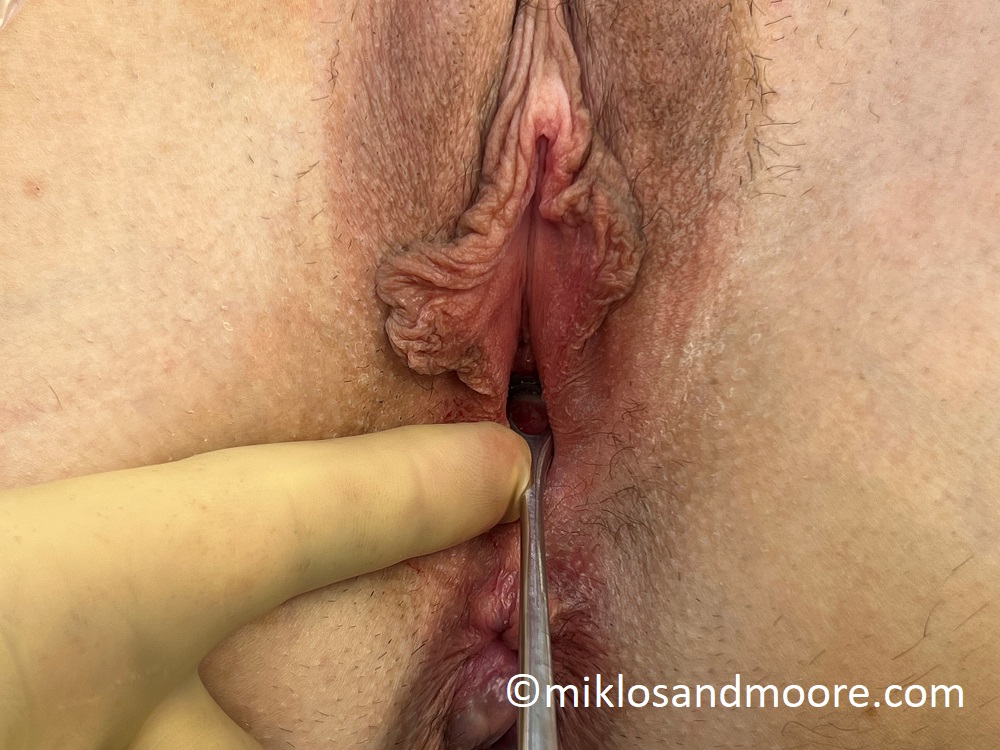
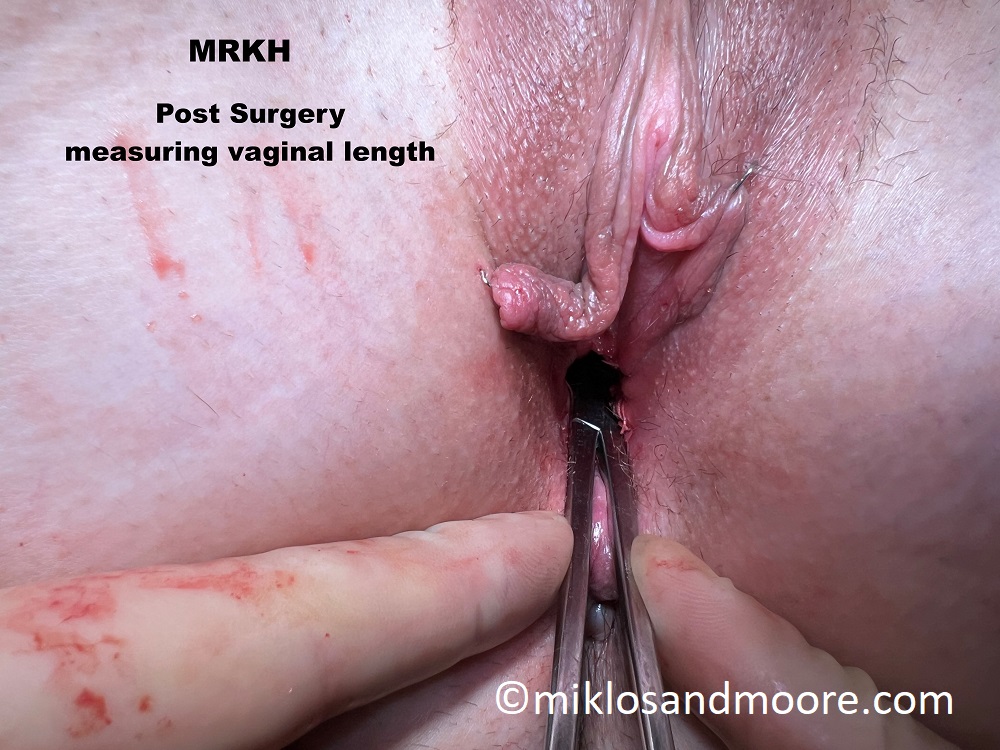
Sorry, the comment form is closed at this time.